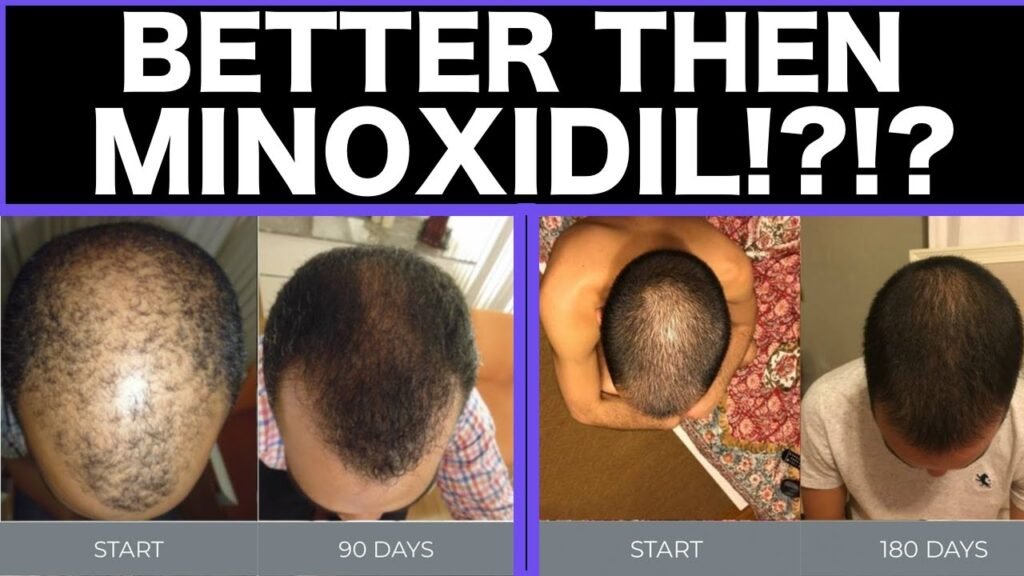What to expect from Minoxidil vs redensyl
What to expect from Minoxidil vs Redensyl
When considering hair growth treatments, two popular options often come up: Minoxidil and Redensyl. Understanding what to expect from each can help you make an informed decision based on your hair care goals. Minoxidil is a well-known, FDA-approved treatment that primarily works by stimulating blood circulation to hair follicles, which can help in prolonging the growth phase of hair. On the other hand, Redensyl is a newer, plant-based alternative that focuses on targeting hair follicle stem cells and dermal papilla fibroblasts, which are essential for initiating the anagen phase, or growth phase, of hair.
Effectiveness and Results
Minoxidil has a long track record of clinical effectiveness and is often recommended for those experiencing androgenetic alopecia, or pattern baldness. Users typically start to see results after 3 to 6 months of consistent application, with continued use necessary to maintain hair growth. Common expectations include thicker hair and a reduction in hair loss, although individual results can vary.
Redensyl, being a more recent entrant in the hair growth market, offers a different approach. It claims to provide visible results within 3 months by reactivating hair growth at a cellular level. Users can expect improvements in hair density and a healthier scalp environment, which may contribute to the overall appearance of fuller hair. Redensyl is often praised for its natural formulation, making it a preferred choice for those looking for a less chemically-intensive solution.
Side Effects and Usage
When it comes to side effects, Minoxidil users may experience scalp irritation, dryness, or an initial increase in hair shedding as the treatment begins to work. It is important to use it as directed to minimize these effects and to be aware that stopping treatment may result in the loss of newly grown hair.
In contrast, Redensyl is generally considered to have fewer side effects due to its natural ingredients. Users typically report minimal to no irritation, making it a suitable option for those with sensitive skin or those who prefer a gentler treatment. However, as with any topical treatment, it is advisable to conduct a patch test before full application to ensure compatibility with your skin.


